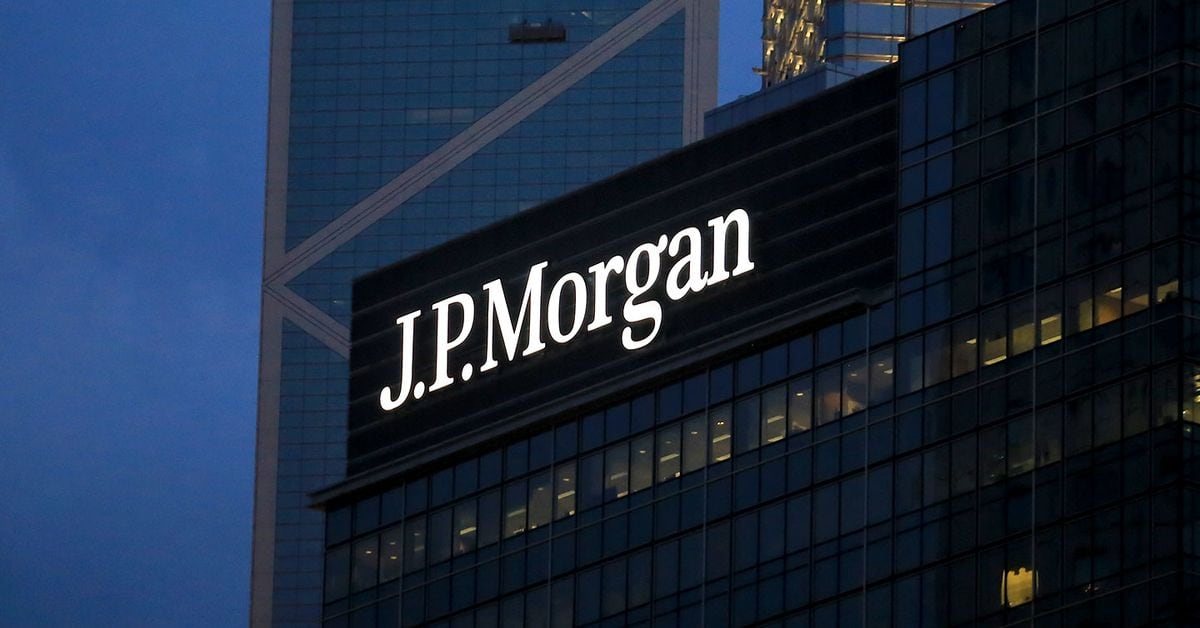Spot ether exchange-traded funds are likely to see much lower demand than the bitcoin ETFs, the bank said.
JPMorgan said bitcoin had the first mover advantage.
The ether funds could see inflows of as much as $3 billion this year, the report said.
JPMorgan said it expects spot ether ETFs to attract as much as $3 billion of net inflows for the rest of this year. If staking is permitted, the figure could rise as high as $6 billion, it said.
“Bitcoin had the first mover advantage, potentially saturating the overall demand for crypto assets in response to spot ETF approvals,” analysts led by Nikolaos Panigirtzoglou wrote.
Ether ETFs are close to becoming available in the U.S. after the Securities and Exchange Commission (SEC) approved key regulatory filings from applicants last week. They are not yet cleared to trade because the regulator must also approve their S-1 filings before that can occur. Bitcoin ETFs began trading in January.
The bitcoin reward halving in April was an additional demand catalyst for spot bitcoin ETFs, the report said, noting that there is no similar impetus for ether in the future. The lack of staking for approved spot ether ETFs also makes these products less attractive compared with other platforms that offer staking yields, the bank said.
Ether as an application token, “differs from bitcoin in its value proposition for investors with bitcoin having a broader appeal by competing with gold in portfolio allocations,” the authors wrote.
The bank noted that less liquidity and lower assets under management (AUM) would make ether’s spot ETFs less appealing to institutional investors than those of its larger rival.
The market’s initial reaction to the launch of spot ether ETFs is likely to be negative, as speculative investors who bought the Grayscale Ethereum Trust (ETHE) in expectation of it being converted to an ETF are likely to take profit. ETHE could see $1 billion of outflows, putting downward pressure on ether prices, the report said.





















